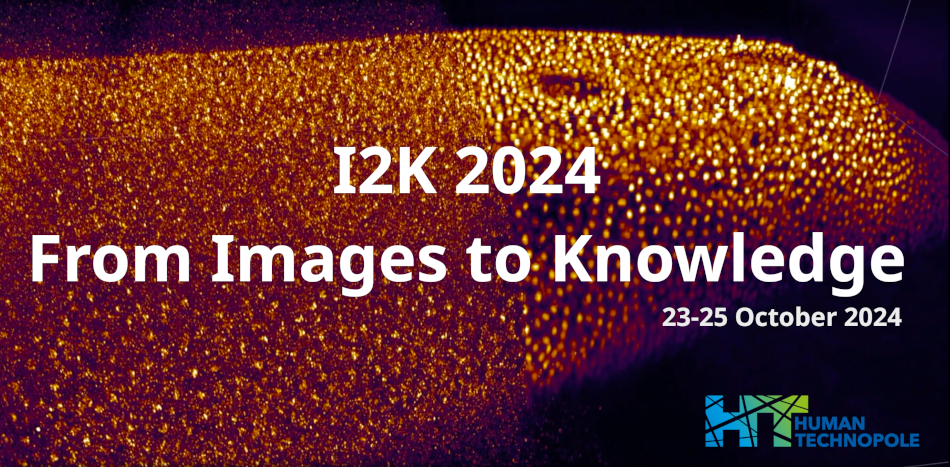Speakers
Description
Despite advancements in oncology, triple-negative breast cancer (TNBC) remains the most aggressive subtype, characterized by poor prognosis and limited targeted treatments, with non-specific chemotherapy as the primary option. To uncover new biological mechanisms, we focus on the mechanobiology of TNBC, examining how cells and tissues perceive and integrate mechanical signals, known as mechanotransduction. The mechanical properties of cells and tissues influence their architecture and function, which is essential for malignant transformation.
From a cohort of TNBC patients categorized into relapsing (Bound-to-be-Bad-BBB) and non-relapsing (Bound-to-be-Good-BBG) groups, we collected cell-intrinsic and cell-extrinsic features by analyzing immunohistochemical (IHC) and label-free second harmonic generation (SHG) images obtained from two-photon microscopy. We particularly focused on developing and refining imaging pipelines to quantitatively extract structural (density and fiber orientation) and texture features of peritumoral collagen-rich stroma. Using a supervised machine-learning model, we selected the most robust discriminating features and combined them with mechano-driven tumor cell intrinsic properties, such as geometric cell shape parameters.
Through this approach, we trained a mechano-classifier capable of predicting clinical outcomes for TNBC patients, offering potential new avenues for targeted treatment strategies.
| Authors | Mattia Tonani*, Giorgio Scita, Emanuele Martini*, Panciera Tito, Stefano Piccolo, Maria Vittoria Dieci, Claudio Tripodo, Matteo Fassan |
|---|---|
| Keywords | Breast Cancer, Biomechanics, Second Harmonic Generation (SHG), Machine Learning and collagen analysis |

